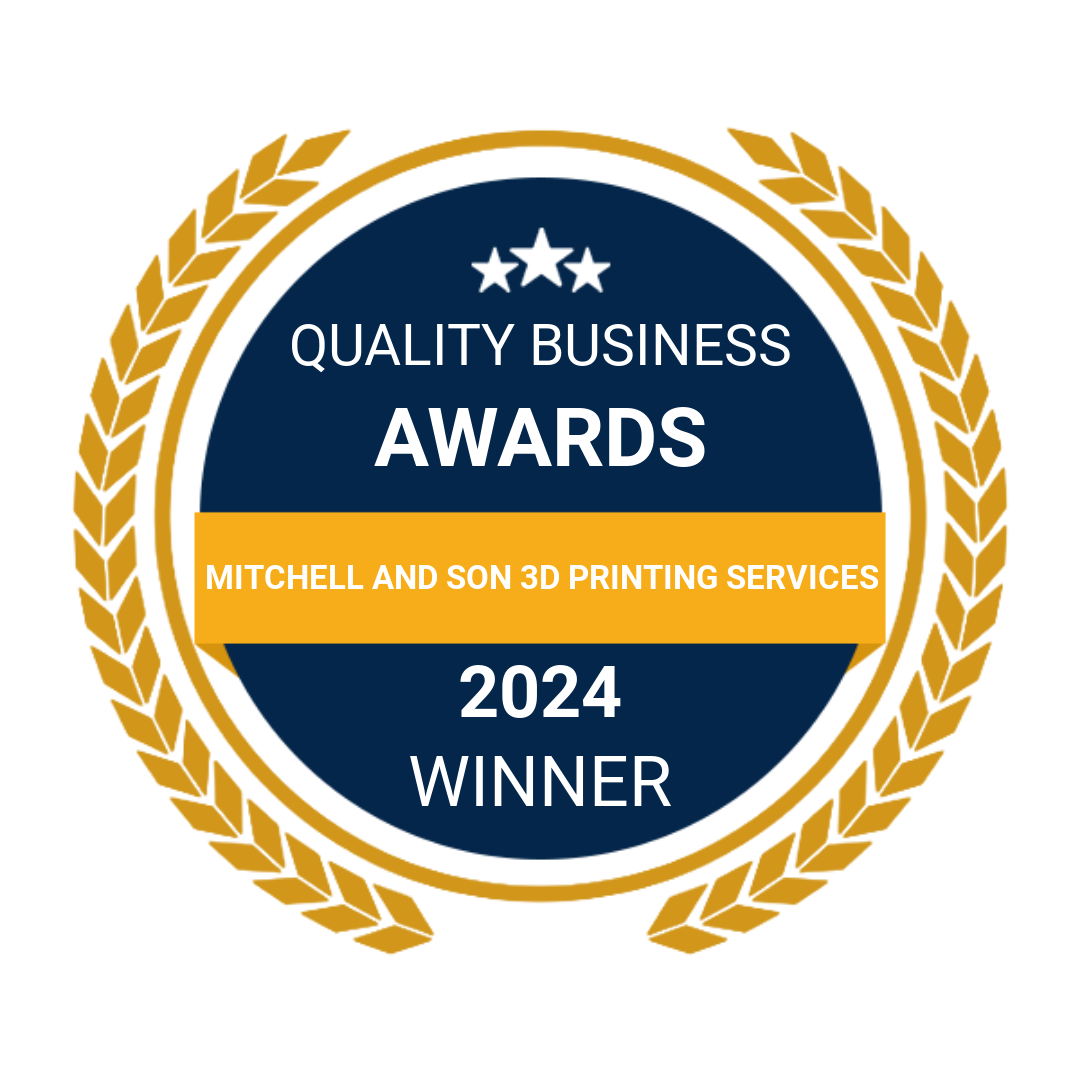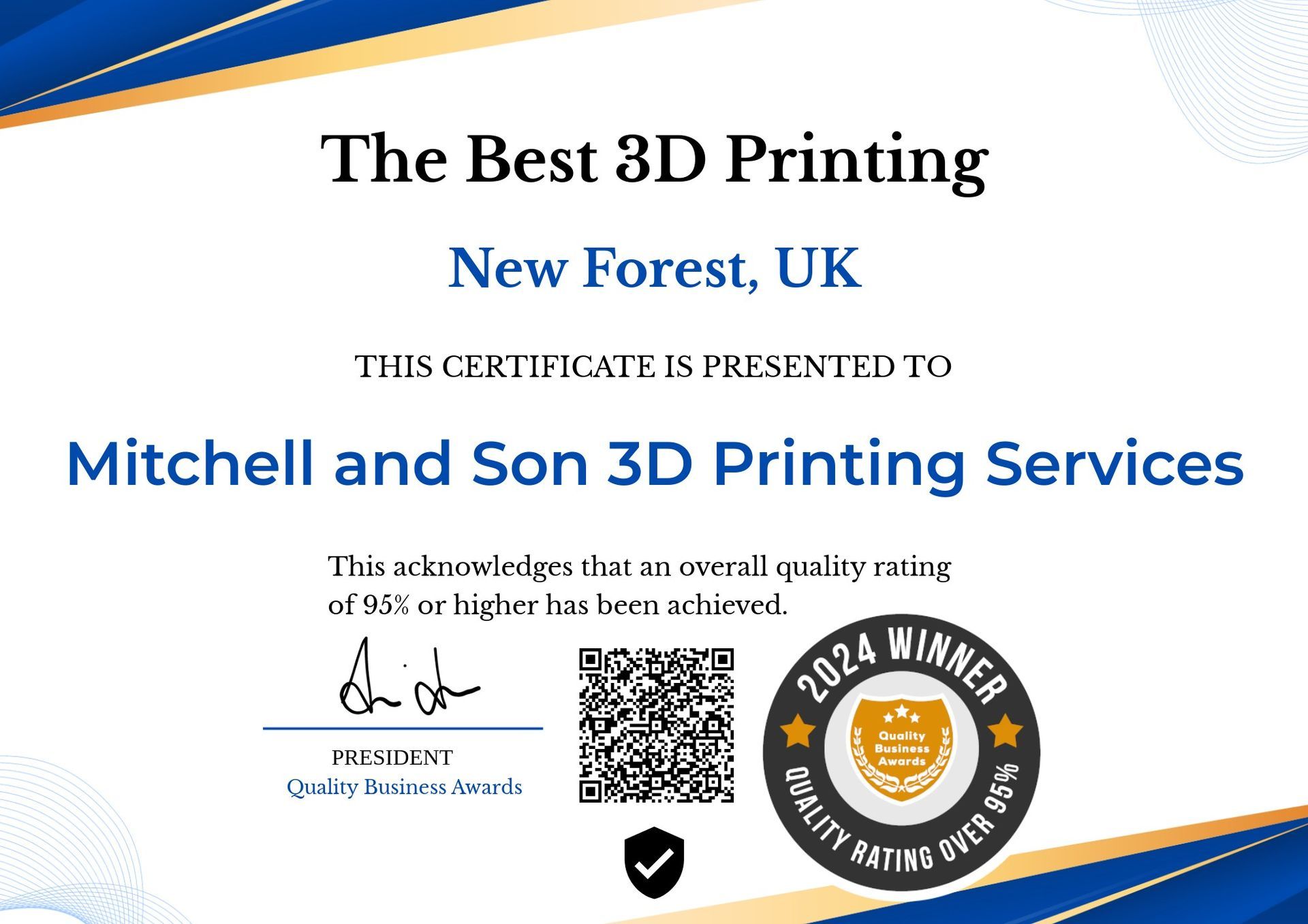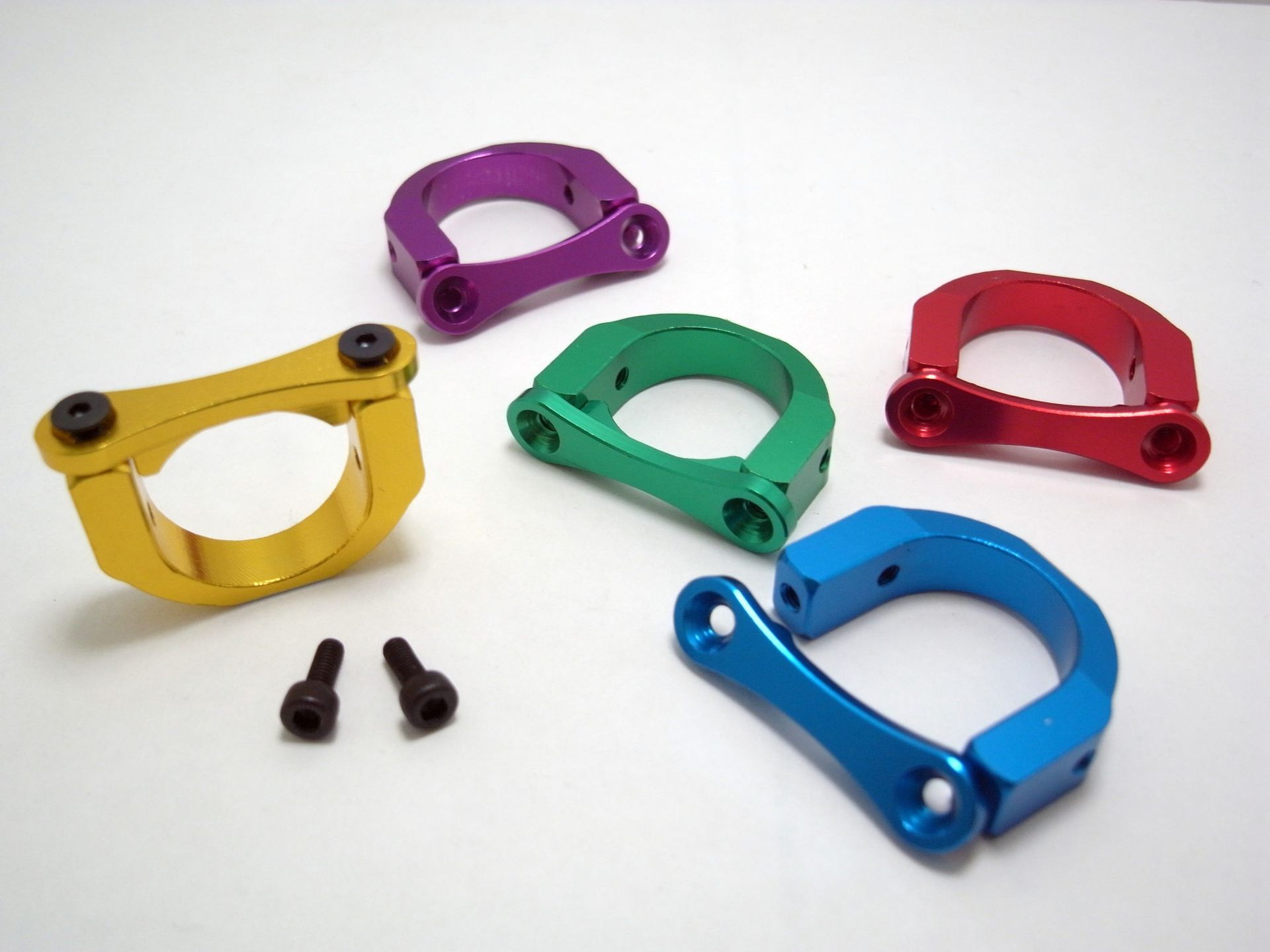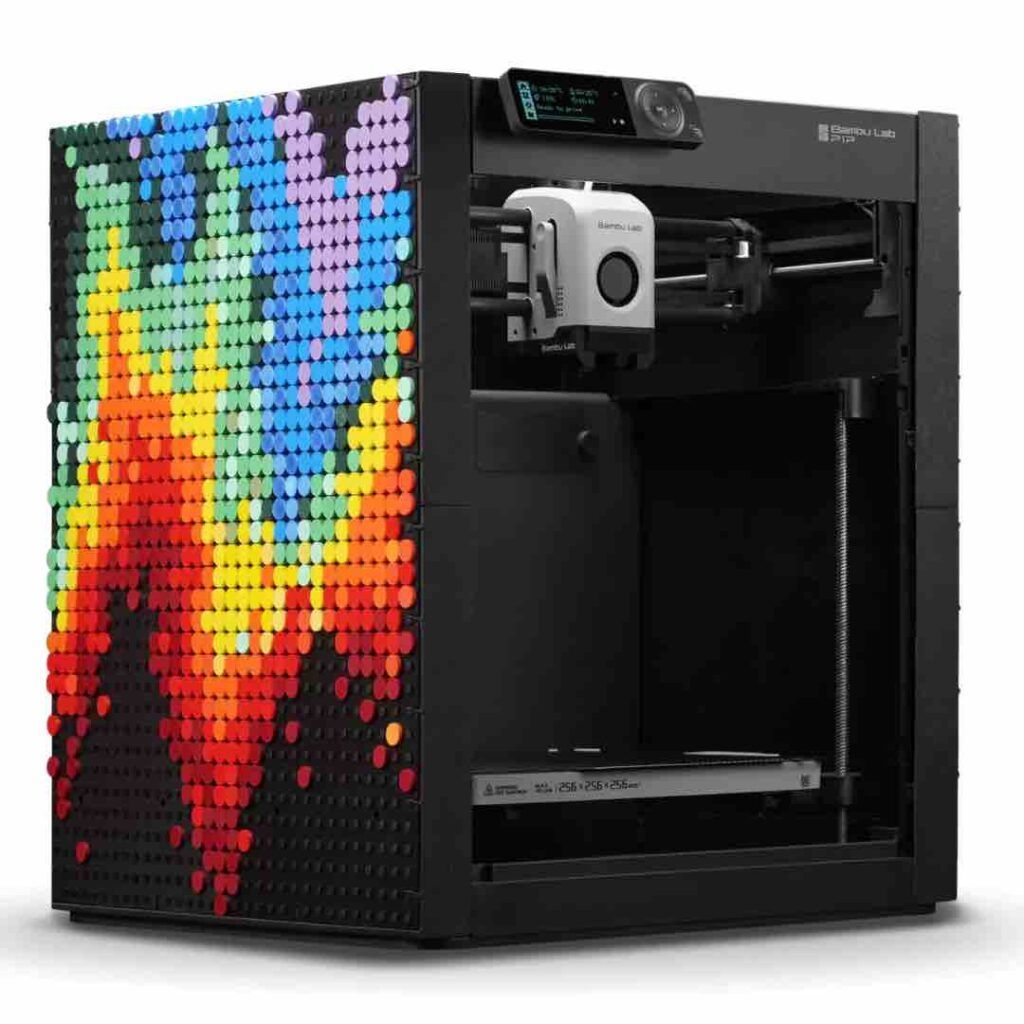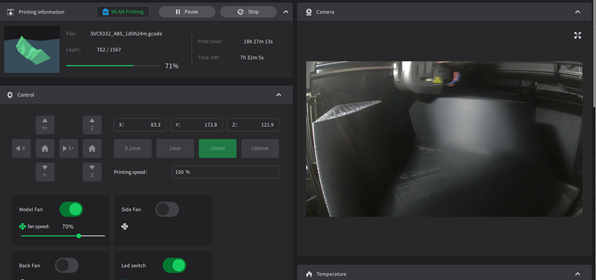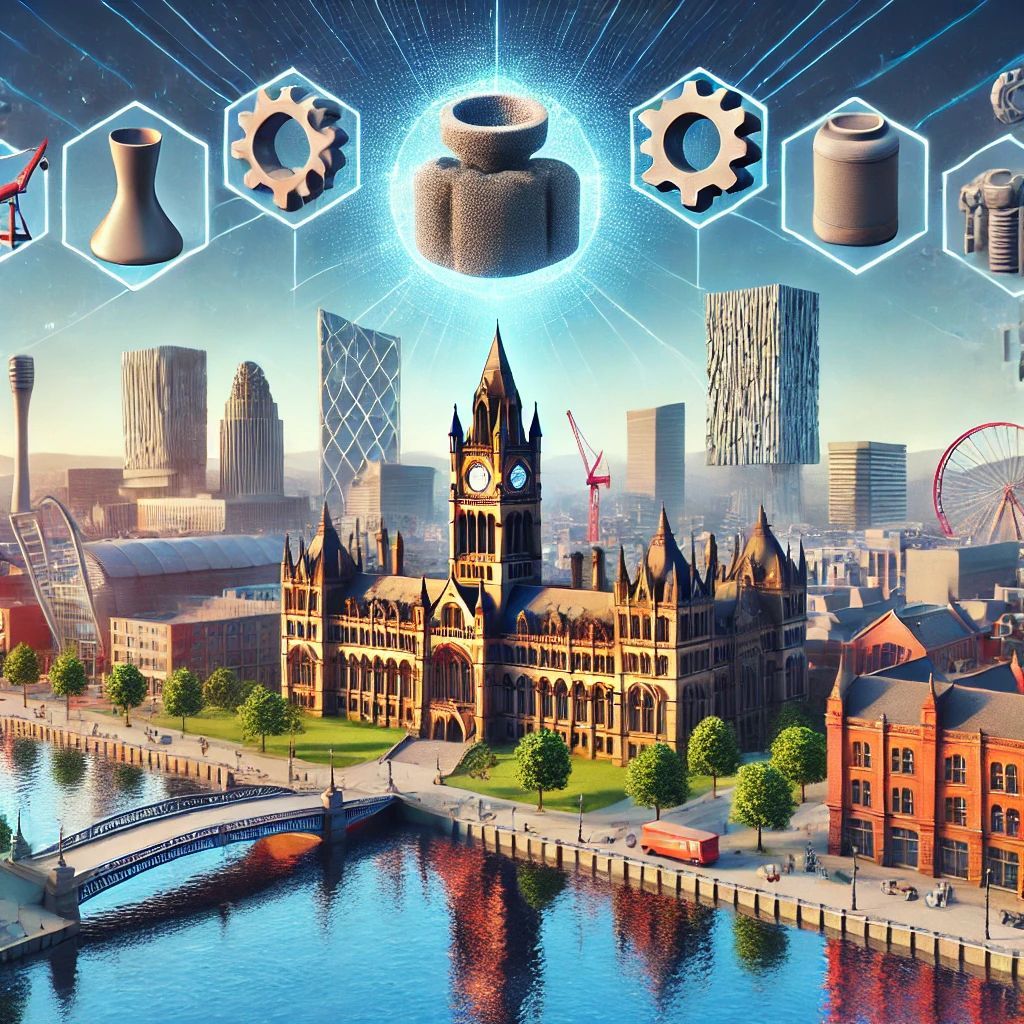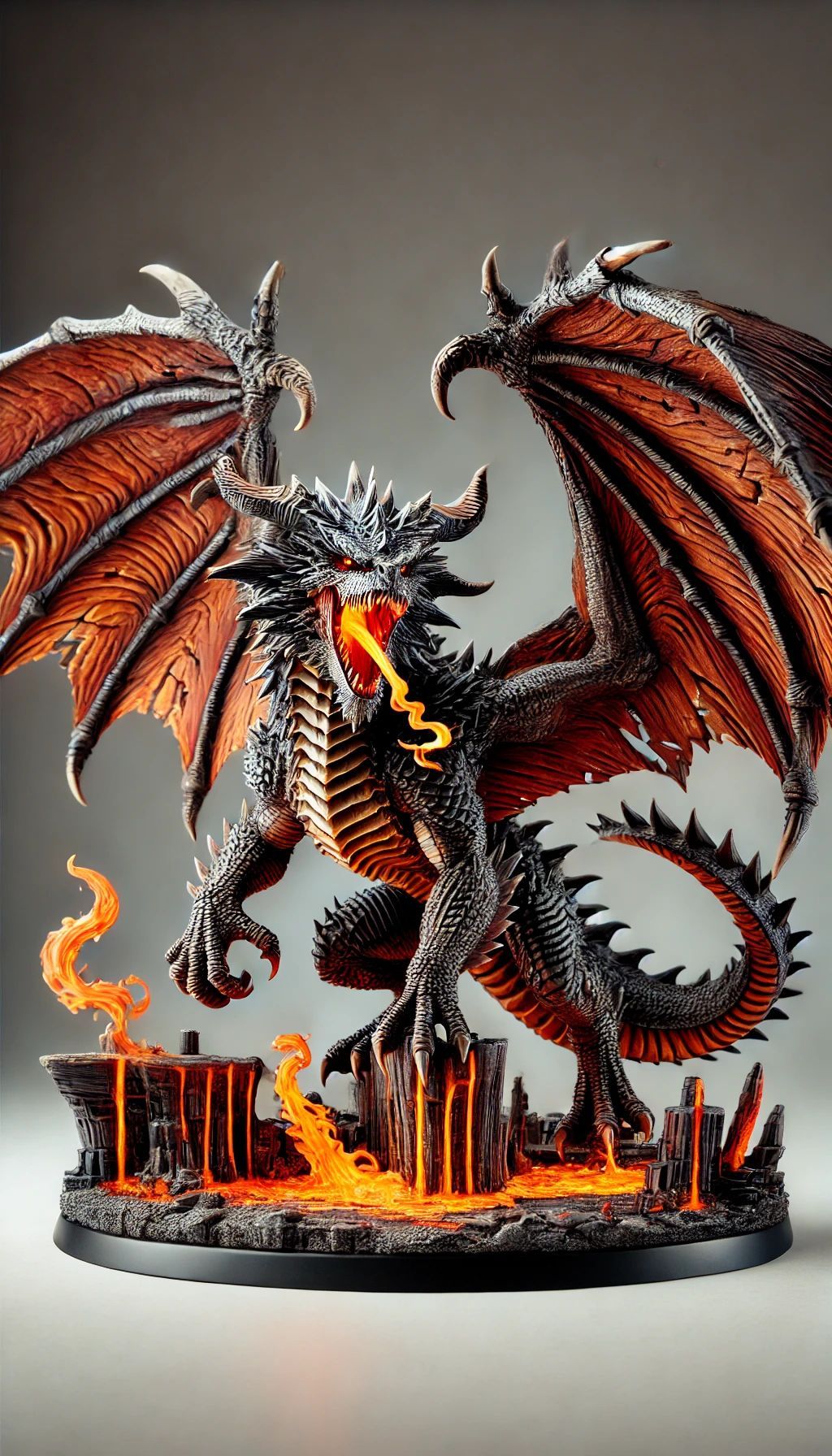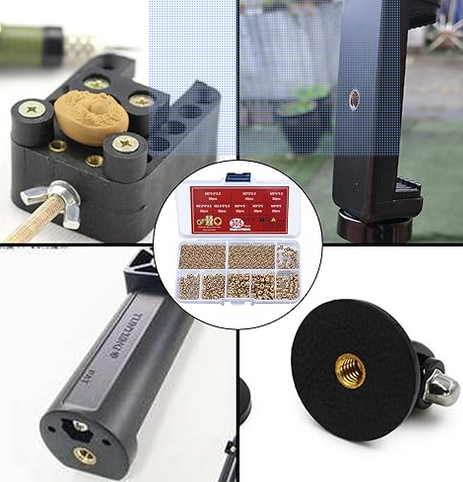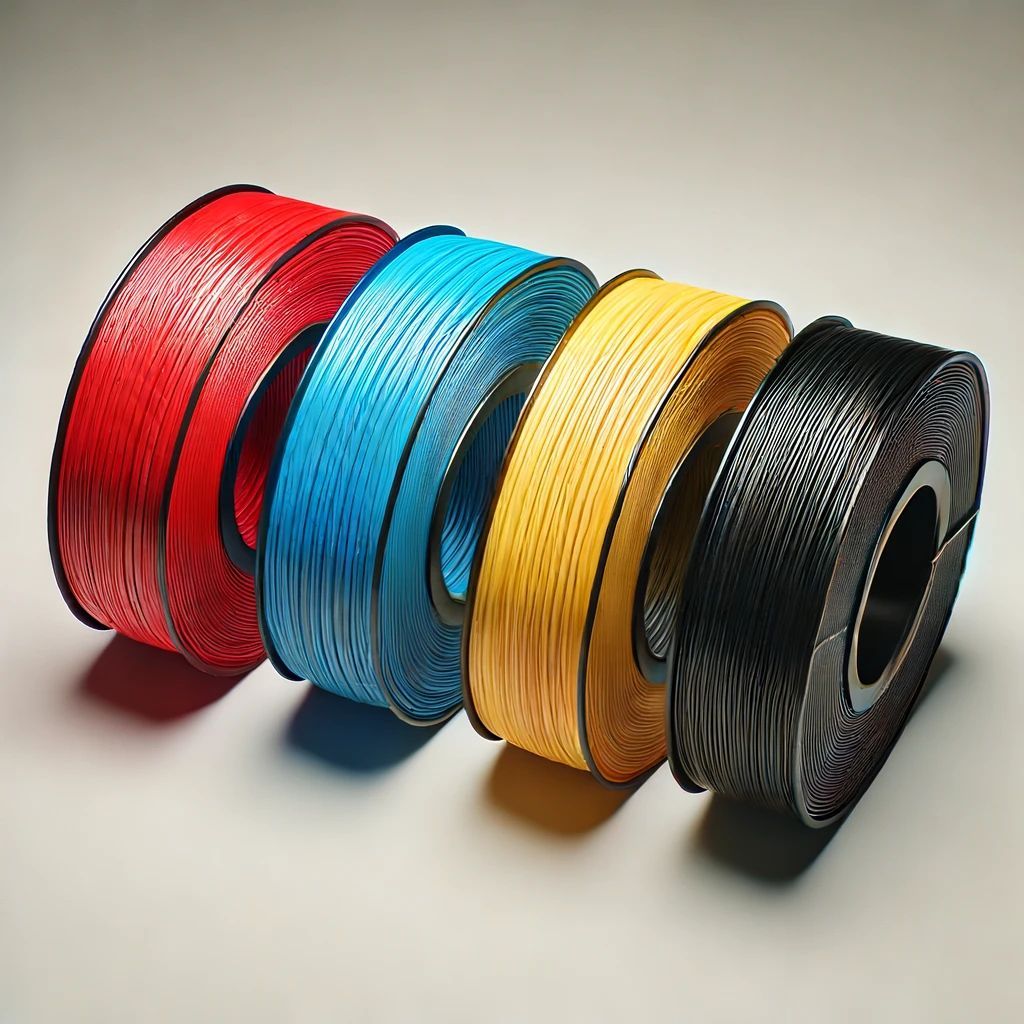Hyperspeed 3D Printing at 600 mm/second
Revolutionizing Rapid Prototyping
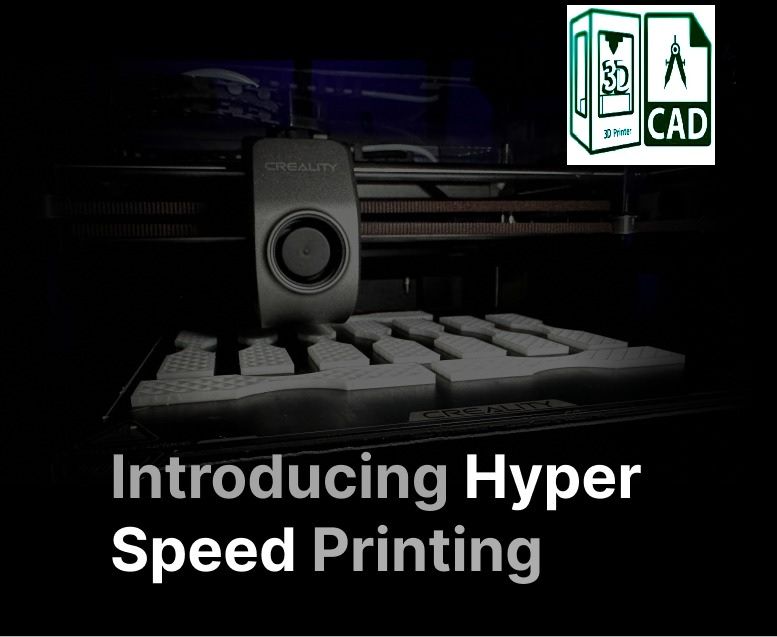
In the realm of 3D printing, innovation knows no bounds.
For those in pursuit of the fastest printer, a game-changer has arrived – hyperspeed 3D printing at an astonishing 600 millimeters per second. This breakthrough technology is rewriting the rules of rapid prototyping, making fast prototyping more accessible and efficient than ever before.
In this article, we delve into the world of the fastest 3D printers and explore how they are transforming the landscape of prototype development.
The Need for Speed: Fast Prototyping Takes Center Stage
When it comes to rapid prototyping, speed is of the essence. Traditional 3D printers have long been limited by their relatively slow printing speeds, making the iterative process of product development a time-consuming ordeal. But with the emergence of hyperspeed 3D printing, this bottleneck is rapidly disappearing. The fastest printer was printing at 16 mm per second
Unleashing the Power of Hyperspeed Printing: A Paradigm Shift
The term "hyperspeed" might initially sound like a concept torn from the pages of science fiction, but in today's rapidly evolving technological landscape, it's not only real but a transformative force. At the forefront of this revolution are cutting-edge 3D printers capable of achieving speeds that defy traditional limitations, with mind-boggling rates of up to 600 millimeters per second, make that the fastest printer speed known to us. To fully grasp the magnitude of this achievement, consider that it's more than three times faster than the majority of conventional 3D printers available on the market.
The Need for Speed: A Pervasive Challenge
In a world where innovation is driven by efficiency and rapid progress, the need for speed is a pervasive challenge across industries. Traditional 3D printers, while undeniably groundbreaking in their own right, have long grappled with speed limitations. The printing process, often a meticulous layer-by-layer affair, has often been criticized for its time-consuming nature, slowing down the iterative journey of product development and prototyping.
High-Powered Linear Motors: The Propulsion of Hyperspeed Printing
At the very heart of hyperspeed 3D printing lies an engineering masterpiece - high-powered linear motors. These remarkable components serve as the powerhouse, providing the necessary propulsion to move the print head with extraordinary swiftness and precision along the X, Y, and Z axes. Unlike the more conventional stepper motors, which operate in discrete steps, linear motors offer a world of continuous motion. This unique characteristic is a game-changer in the world of 3D printing.
Linear motors are renowned for their exceptional speed and acceleration capabilities. They rely on the magnetic field's interaction to generate motion, which is entirely distinct from the traditional systems. This cutting-edge technology eliminates the need for belts or lead screws, which, in traditional setups, often introduce friction and slow down the printing process. With linear motors, the print head glides effortlessly, resulting in not just faster print speeds but also substantially more accurate prints.
Imagine this: a 3D printer's print head moving fluidly and uninterrupted, akin to a well-choreographed dance, creating intricate designs with incredible speed and precision. High-powered linear motors make this vision a reality.
Advanced Extrusion Mechanisms: Pioneering Feeding Speed and Precision
Another pivotal component in the world of hyperspeed 3D printing is the advanced extrusion mechanism. While traditional printers typically rely on a single nozzle or a limited number of nozzles to deposit material layer by layer, hyperspeed printers are a league apart.
These advanced extrusion mechanisms are equipped with a multiplicity of high-precision nozzles that operate in harmonious synchronization. This unique feature is revolutionary. It allows for a continuous flow of material, ensuring that there are absolutely no pauses or interruptions during the printing process.
What's more, these mechanisms can switch between different materials seamlessly, making it possible to create multi-material and multi-color prints without any compromise in terms of speed. The synchronized movement of these nozzles, combined with their precision, is the secret sauce that sets hyperspeed 3D printing leagues ahead.
Imagine a 3D printer's extrusion system working like a well-orchestrated symphony, where each nozzle plays its part with impeccable precision. The result? A seamless, continuous flow of material, creating complex and multi-material prints with unparalleled speed and precision.
Precise Calibration: Navigating the Need for Accuracy
In the pursuit of high-speed 3D printing, precision is non-negotiable. Hyperspeed 3D printers are equipped with state-of-the-art calibration systems that ensure every layer of the print is in perfect alignment. These systems use high-resolution sensors and feedback mechanisms to monitor and adjust the position of the print head and the print bed in real-time.
Calibration extends beyond simply aligning the hardware. Software plays a crucial role in ensuring that the printing process is finely tuned for each specific material and project. This synergy between hardware and software is what allows hyperspeed printers to maintain exceptional accuracy even when operating at breakneck speeds.
Imagine the printer as an artist with a relentless commitment to perfection. It's not just about speed but also about precision. High-resolution sensors, combined with dynamic software adjustments, ensure that every layer of the print is in exact alignment, creating a masterpiece of a 3D object.

Diving Deeper into Materials Mastery: The Ideal Filaments for Hyperspeed 3D Printing
In the quest for hyperspeed 3D printing, the selection of the perfect printing materials is nothing short of an art form. Not all filaments are created equal, and the evolution of specialized filaments has become the cornerstone of rapid prototyping. These unique filaments strike a harmonious balance between viscosity and flow rate, ensuring a seamless extrusion process at the highest of speeds.
The journey into materials mastery begins with a profound understanding of the properties and characteristics of the filaments. Let's dive into the intricacies of the ideal filaments for hyperspeed 3D printing:
Viscosity Versatility: Navigating the Flow Rate
The viscosity of a filament, often referred to as its "thickness," is a critical factor in hyperspeed printing. The ideal filament for high-speed 3D printing is one that exhibits a controlled and consistent viscosity. This ensures that the material flows smoothly and evenly through the nozzle, leaving no room for interruptions or hiccups in the printing process.
Manufacturers have honed their expertise in producing filaments that strike the perfect balance. These specialized filaments boast a viscosity that allows for rapid extrusion while maintaining structural integrity. This characteristic not only paves the way for impressive speeds but also ensures the final print's strength and stability.
Stringing and Oozing: The Eternal Foes of Precision
Stringing and oozing are two common challenges in 3D printing that can significantly hinder the quality of a print. Stringing occurs when the printer nozzle moves between different parts of the print, leaving thin strands of material in its wake. Oozing, on the other hand, involves excess material leakage from the nozzle during non-printing movements. Both of these issues can compromise the precision of a print and create a messy, undesirable finish.
The filaments used in hyperspeed 3D printing are engineered to combat these issues effectively. Their unique composition minimizes both stringing and oozing, ensuring that the final product is free from unwanted imperfections. This level of control over material flow is a testament to the meticulous development of these specialized filaments.
Material Adaptability: Beyond Speed and Precision
Hyperspeed 3D printing is about more than just velocity and precision; it's about material adaptability. The ideal filaments for this technology are not limited to a single type but span a spectrum of materials. From PLA (Polylactic Acid) to ABS (Acrylonitrile Butadiene Styrene) and beyond, these filaments are versatile in accommodating various project requirements.
The ability to switch seamlessly between different materials during the printing process is a testament to the sophistication of hyperspeed 3D printing technology. This feature opens the door to creating multi-material and multi-color prints without compromising on the lightning-fast speeds. Imagine effortlessly transitioning from a durable, impact-resistant material to a flexible, rubber-like material in the same print job, all while maintaining the highest levels of precision.
Innovation in Materials: The Driving Force Behind Hyperspeed Printing
The relentless pursuit of innovation in materials is the driving force behind the success of hyperspeed 3D printing. Manufacturers and engineers continue to push the boundaries of material science to create filaments that not only meet the demands of speed and precision but also open new possibilities for design and functionality.
As a result, the materials available for hyperspeed 3D printing are no longer mere tools; they are the building blocks of innovation. They enable designers and engineers to push the boundaries of what is possible, allowing for the creation of highly complex, multi-material prototypes with remarkable ease and speed.
Unleashing the Potential of Rapid Prototyping
Rapid prototyping, a pivotal stage in the intricate process of product development, is fundamentally centered around the swift transformation of creative concepts into tangible physical forms. It's at this juncture that the hyperspeed 3D printer introduces a revolutionary paradigm shift, redefining the very essence of rapid prototyping. Here's an in-depth exploration of how this groundbreaking technology is reshaping the landscape:
Time Efficiency: A Paradigm of Speed
At the core of hyperspeed 3D printing lies an unequivocal emphasis on velocity. Traditional 3D printers, though steadfast and reliable, often demand hours, or even days, to birth a prototype. In stark contrast, the hyperspeed 3D printer, with its incredible speeds of 600 millimeters per second, is akin to the flash of lightning, placing a meticulously crafted, intricate prototype in your hands within mere minutes.
Cost-Efficiency: Time is Money
The advantages of rapid prototyping extend far beyond the realm of expediency. Speed not only preserves your most invaluable resource - time - but it also proves to be a cost-saving marvel. A reduced time span for each prototype equates to diminished operational expenditures and, consequently, affords the luxury of more prototypes within budget constraints.
Iterative Design: The Art of Refinement
One of the most profound impacts of hyperspeed 3D printing is its ability to supercharge the iterative design process. Multiple iterations of a design can be brought into existence within a single working day. This acceleration of the product development cycle propels you closer to the zenith of perfection with each subsequent iteration.
Competitive Advantage: The Race to Innovate
In an era where innovation is the pivot upon which success pivots, having the fastest printer as your ally confers a potent competitive edge. Agility becomes your defining trait, enabling swift responses to market dynamics, customer feedback, and emerging trends. The hyperspeed 3D printer aligns your enterprise with the future, fostering a culture of perpetual innovation.
The Technology Behind Hyperspeed 3D Printing
The astounding speeds achieved by hyperspeed 3D printers are made possible through a fusion of cutting-edge technologies:
High-Resolution Printing: Mastering Speed and Detail
The juxtaposition of speed and detail is a remarkable hallmark of hyperspeed 3D printing. Despite its astounding velocity, these printers meticulously maintain the finest levels of detail and resolution. This ensures that your prototypes are not only created rapidly but also uphold precision and accuracy.
Advanced Materials: Expanding the Horizon of Possibilities
Hyperspeed 3D printers are remarkably versatile when it comes to materials. They seamlessly accommodate an expansive array of substances, encompassing plastics, metals, and composites. This diversity broadens the horizons of your prototyping possibilities, accommodating a myriad of industries.
Precision Engineering: The Craft of Accuracy
The mechanics of hyperspeed 3D printers are an embodiment of precision. The machinery is exquisitely calibrated to facilitate swift, yet meticulously accurate movements, making these printers the epitome of finesse for intricate and multifaceted designs.
Intuitive Software: A Seamless Interface
The synergy between hardware and software is of paramount importance. User-friendly software interfaces complement the physical machinery, ensuring that designers and engineers can harness the power of hyperspeed 3D printing without grappling with steep learning curves.
Applications Across Industries
The influence of hyperspeed 3D printing extends across a multitude of industries:
Automotive: Paving the Fast Lane for Prototyping
In the automotive sector, where time is often a decisive factor, hyperspeed 3D printing expedites design enhancements. This, in turn, elevates safety, performance, and aesthetic attributes.
Healthcare: Saving Lives with Swiftness
The healthcare realm benefits immensely from the rapid design, testing, and production of medical devices and prosthetics. In critical situations, the swift response made possible by hyperspeed 3D printing can potentially save lives.
Aerospace: Accelerating the Skyward Ascent
In the aerospace industry, hyperspeed prototyping is nothing short of transformative. Swift prototyping of aircraft components and spacecraft facilitates timely advancements, propelling the industry to new heights.
Consumer Goods: Meeting Ever-Changing Demands
From electronics to fashion, hyperspeed 3D printing allows companies to keep pace with the constantly evolving preferences of consumers. The ability to swiftly create and test prototypes aligns businesses with the ever-shifting demands of the market.
Architecture: Building Beyond Imagination
For architects, hyperspeed 3D printing serves as a visionary tool to quickly visualize and test intricate structures and designs. It propels the boundaries of what's architecturally conceivable, reshaping our built environment.
In conclusion,
materials mastery in hyperspeed 3D printing is a symphony of science and art. It's about selecting filaments that embody the perfect balance of viscosity and flow rate while conquering the challenges of stringing and oozing. These specialized filaments enable not only lightning-fast printing but also precise, high-quality results. The adaptability of these materials, allowing for seamless transitions between different types, further expands the horizons of what can be achieved. The relentless pursuit of innovation in materials is the driving force behind the success of hyperspeed 3D printing, opening doors to a world of limitless possibilities in design and manufacturing.

